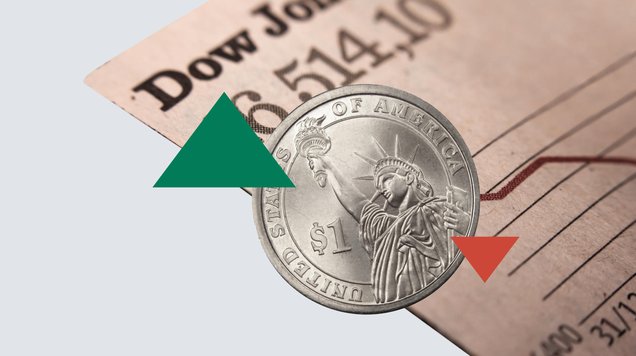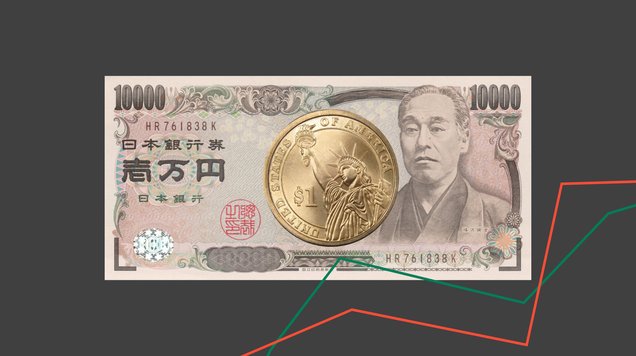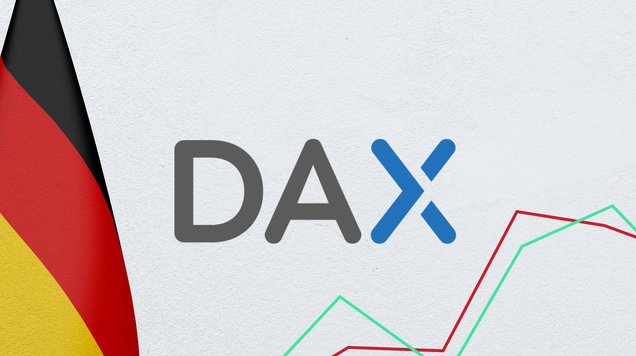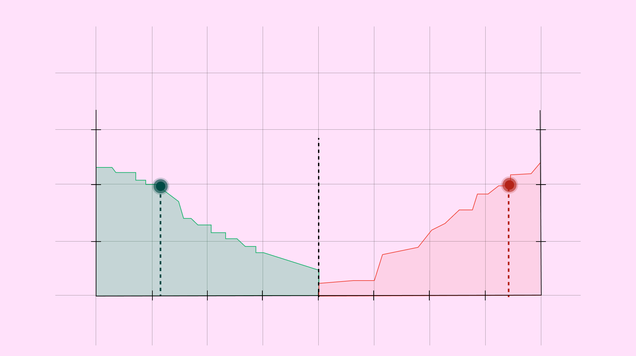EU inflation slows, bolstering ECB stance to hold rates
Headline consumer-price inflation in the European Union eased to 2.1 per cent year-on-year from 2.2 per cent, while core inflation remained unchanged at 2.4 per cent. The softer price impulse has reinforced the European Central Bank’s inclination to keep policy on hold at current settings, even as the euro comes under pressure relative to the US dollar amid a comparatively hawkish Federal Reserve.

EU headline inflation decelerated to 2.1% (YoY) in October; core inflation held at 2.4%, consistent with a benign near-term price backdrop.
The ECB appears comfortable maintaining a neutral policy stance, leaving the main refinancing rate at c. 2.15% while monitoring demand dynamics.
Growth remains fragile in parts of the bloc: Eurozone Q3 GDP rose modestly to 0.2% quarter-on-quarter, while Germany’s Q3 print was flat (0.0%).
EUR/USD faces short-term consolidation and downward pressure as markets price a greater policy divergence between the ECB and a hawkish Fed.
European Union’s economy: current context
Eurostat’s October release showed a small deceleration in headline inflation to 2.1 per cent year-on-year, matching market expectations, with core inflation unchanged at 2.4 per cent. Those readings support the European Central Bank’s current approach: the institution has signalled a preference for a neutral policy stance that aims to keep inflation under control while remaining attentive to growth prospects.
Macro momentum across the bloc remains uneven. Eurozone GDP expanded by 0.2 per cent in Q3 (quarter-on-quarter), a marginal improvement from 0.1 per cent in Q2, yet underlying activity is fragile in key economies. Germany — the bloc’s largest economy — recorded stagnation in Q3 (0.0 per cent), reflecting ongoing headwinds in manufacturing and domestic demand. The combination of subdued growth and moderating inflation leaves the ECB room to hold rates at c. 2.15 per cent for an extended period, although weaker inflation could also reflect weak aggregate demand rather than a sustained disinflationary trend.
Against this backdrop, the euro has weakened versus the US dollar. Markets are pricing a degree of policy divergence: the Federal Reserve’s forward guidance remains relatively hawkish, while the ECB appears likely to maintain a steady policy path unless incoming data materially change the inflation or growth outlook.
Technical analysis on EUR/USD parity
From a technical perspective, the EUR/USD pair displays a medium-term bullish bias that has recently shown signs of weakening, and price action has entered a consolidation range in the short term.
- Trend context. Over the medium term EUR/USD retains an upward bias, but the structure of higher highs and higher lows has become less clear. Short-term price action is largely range bound between approximately 1.1500 and 1.1900, reflecting investor caution amid mixed macro signals.
- Resistance levels. On the upside, relevant technical resistances are: 1.1638 (short term resistance and near the 50- and 100-day moving averages) and 1.1873 (structural resistance). A decisive break above these levels would imply possible higher zones.
- Support levels. On the downside, important technical supports are: 1.1486 (immediate short-term support), 1.1416 (200-days moving average), and 1.1222 (structural support). Loss of the 1.1222 zone would increase the probability of a deeper correction.
- Momentum indicators. The MACD currently shows a bearish divergence relative to prior price highs, implying a loss of upward momentum. The RSI is near neutral but has trended slightly lower, consistent with the recent consolidation.
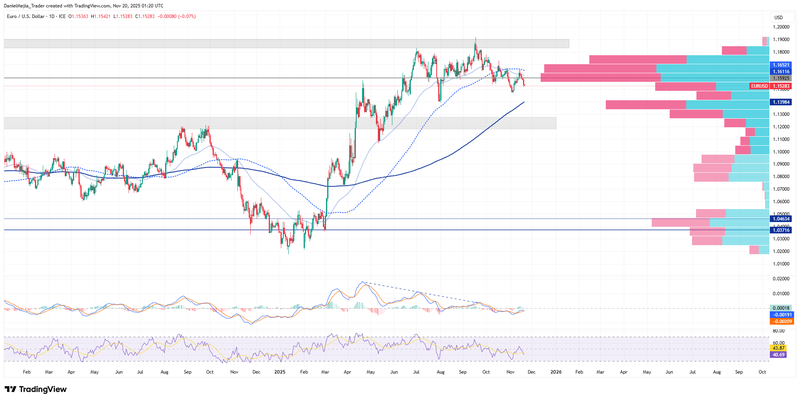
Figure 1. EUR/USD parity (2024-2025). Source: Data from the Intercontinental Exchange (ICE); Own analysis conducted via TradingView.

